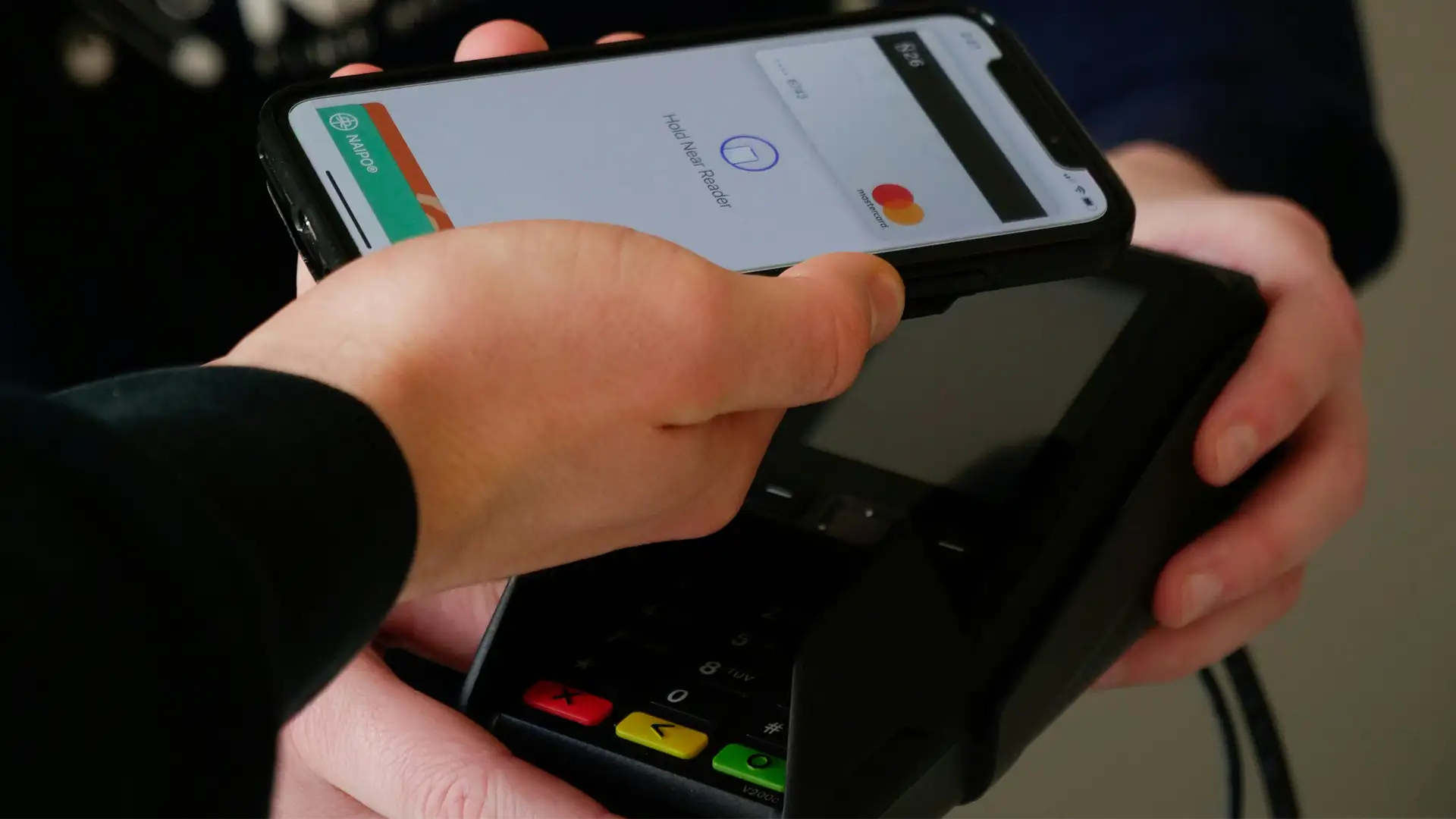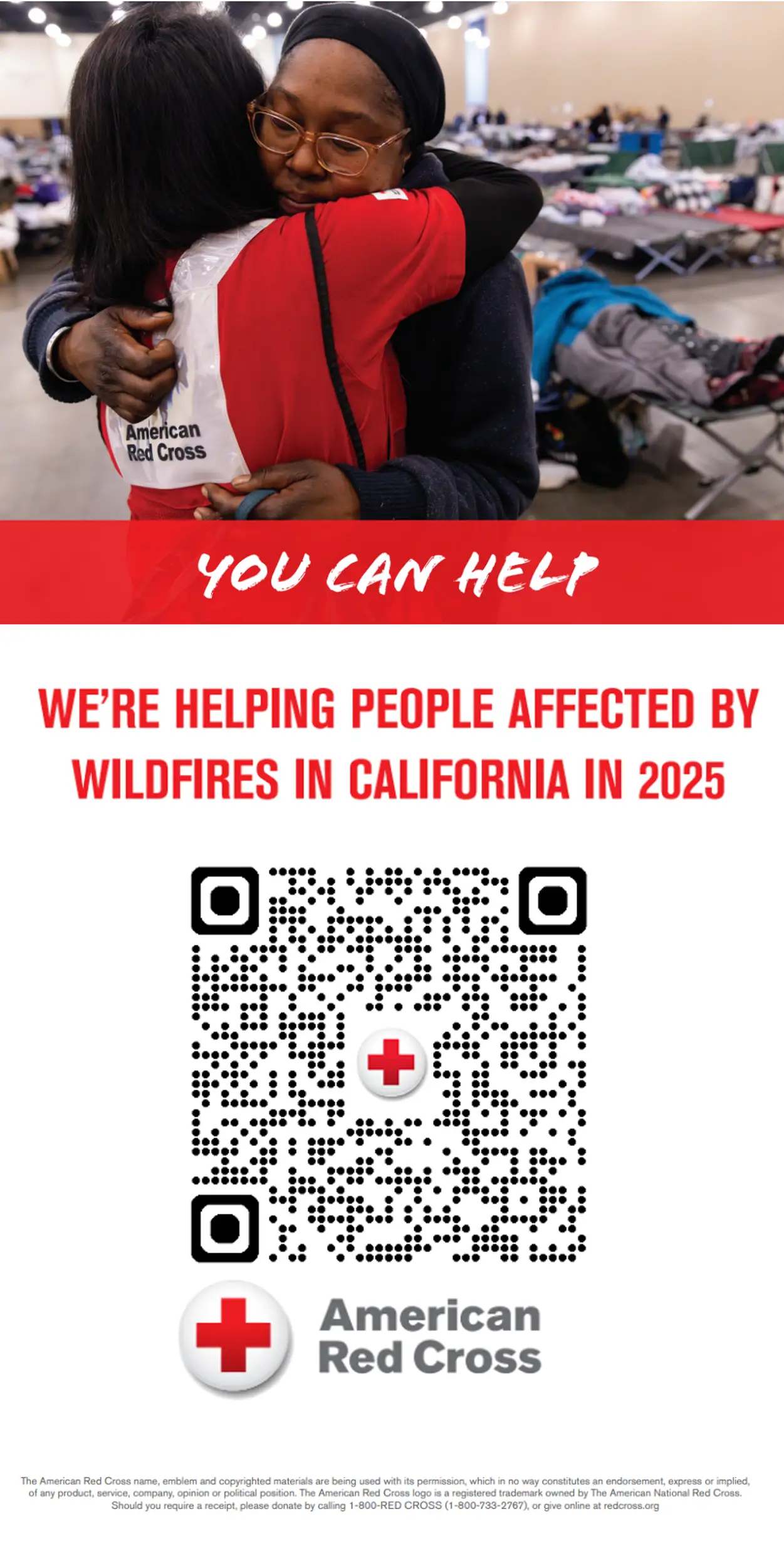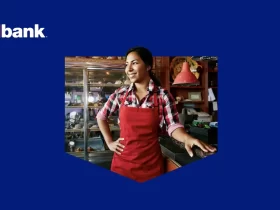Have you ever felt a pang of guilt when the tip screen appears, and you’re faced with deciding whether to add a little extra to your bill? It seems like tipping has extended its reach into almost every corner of our spending habits. What used to be a simple gesture of gratitude has transformed into an expectation, and sometimes, a pressure-filled moment that leaves us scratching our heads. From drive-thrus to thrift shops, the tipping culture is evolving, and not everyone is thrilled about it.
The Evolution of Tipping
Tipping started as a way to reward exceptional service. You’d leave a few extra dollars for the waiter who remembered your order perfectly or the bartender who crafted your drink with a smile. It was a way to say, “Hey, I appreciate you!” But over the years, the lines have blurred. The advent of digital payment systems has made tipping more prominent and sometimes unavoidable. It’s one thing to tip your server at a sit-down restaurant, but now, we’re being asked to tip for things like drive-thru coffee or picking up a pizza.
Tipping at Drive-Thrus and Pickup Orders
One of the more surprising trends is the expectation to tip at drive-thrus and for pickup orders. Imagine this: you pull up to your favorite coffee chain, order your usual latte, and as you pay, the screen prompts you to add a tip. You haven’t stepped out of your car, and your interaction with the barista was minimal, yet here’s this digital nudge asking for more of your hard-earned money. It feels awkward, right? The barista certainly deserves fair compensation, but is a tip the right way to achieve that?
For many, this raises a critical question about where tipping should begin and end. The nature of a drive-thru or pickup order doesn’t usually involve the kind of personal service that warrants a tip in the traditional sense. Yet, the expectation persists, adding to the ever-growing list of situations where tipping feels obligatory.
Tipping at Retail Stores, Thrift Shops and Beyond
The expectation to tip has even extended to places like thrift shops. Yes, thrift shops! These are places where you’re often hunting for bargains and second-hand treasures, not necessarily thinking about adding a tip to your purchase. Yet, some stores have begun offering the option to add a tip at checkout. This shift leaves many customers feeling puzzled. After all, the staff at these shops are usually paid hourly wages, and their roles don’t typically involve the kind of personalized service that tipping was originally meant to reward.
The Digital Age and Tipping
Part of the reason tipping culture has expanded so dramatically is due to the digital age. With the proliferation of apps and touch-screen payment systems, businesses can easily add a tipping option to every transaction. These systems often present multiple tipping amounts, subtly encouraging you to choose a higher percentage. It’s a psychological game that can make you feel like you’re being stingy if you select “no tip” or the lowest amount.
Furthermore, the social aspect of tipping has changed. In the past, tipping was a private act, something you did discreetly by leaving cash on the table. Now, with digital screens, your tipping choice is often made in front of the person serving you, which can add a layer of pressure and awkwardness.
The Impact on Consumers and Workers
The expansion of tipping culture has significant implications for both consumers and workers. For consumers, it can feel like an additional tax on every purchase. Budgeting becomes more complicated when you’re constantly factoring in tips for services that didn’t previously require them.
For workers, the reliance on tips can be a double-edged sword. While tips can boost income, they also introduce uncertainty and variability. Employees might feel the pressure to go above and beyond just to receive a tip that they might have once taken for granted. This system can create inequality, where some workers receive substantial tips while others, in less visible roles, get little to nothing.
Finding a Balance
So, where do we go from here? Finding a balance between fair compensation for service workers and not overwhelming consumers with tipping expectations is crucial. Some suggest that businesses should focus on paying their employees a fair wage, reducing the reliance on tips altogether. Others advocate for clearer guidelines on when tipping is appropriate, to help manage expectations on both sides of the counter.
In the end, tipping should be about showing appreciation, not fulfilling an obligation. By having honest conversations about tipping practices and their implications, we can hopefully steer the culture back to its roots: a genuine gesture of thanks for a job well done.








































Leave a Reply